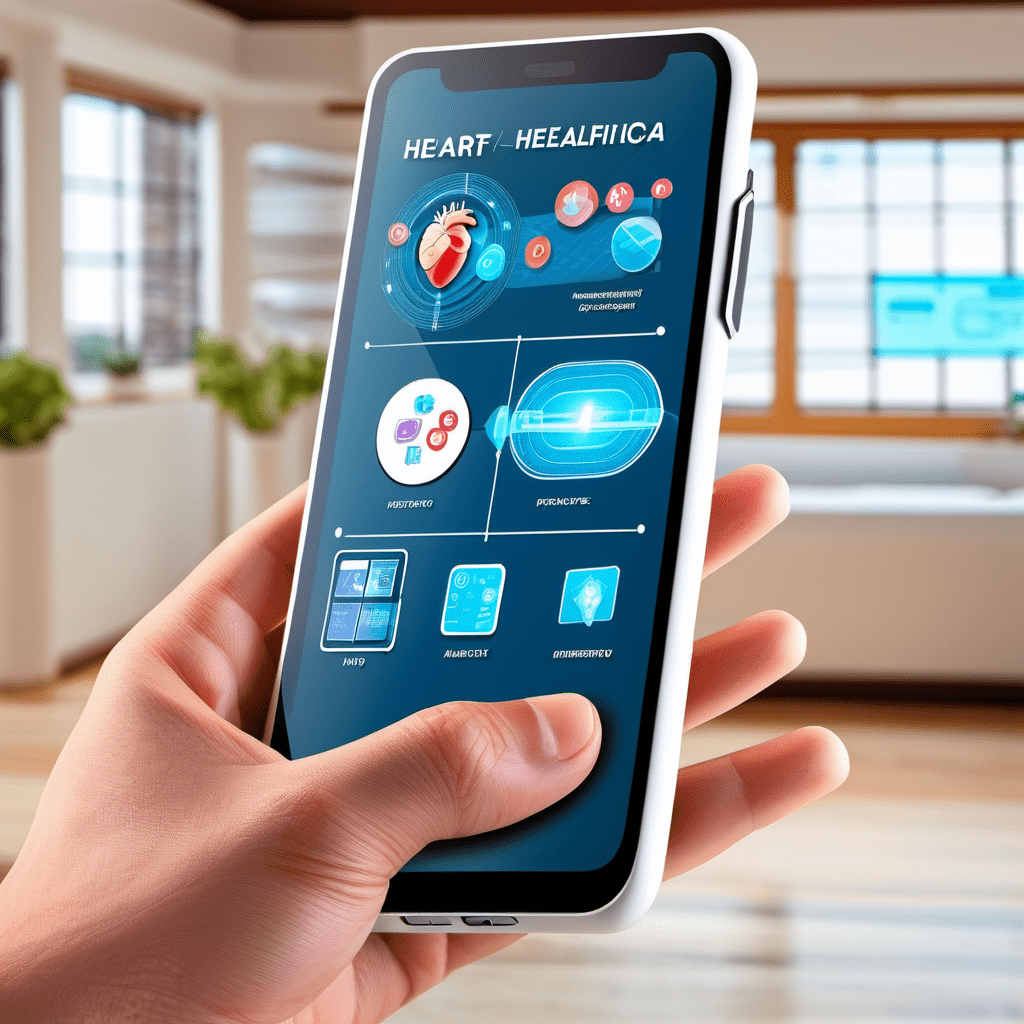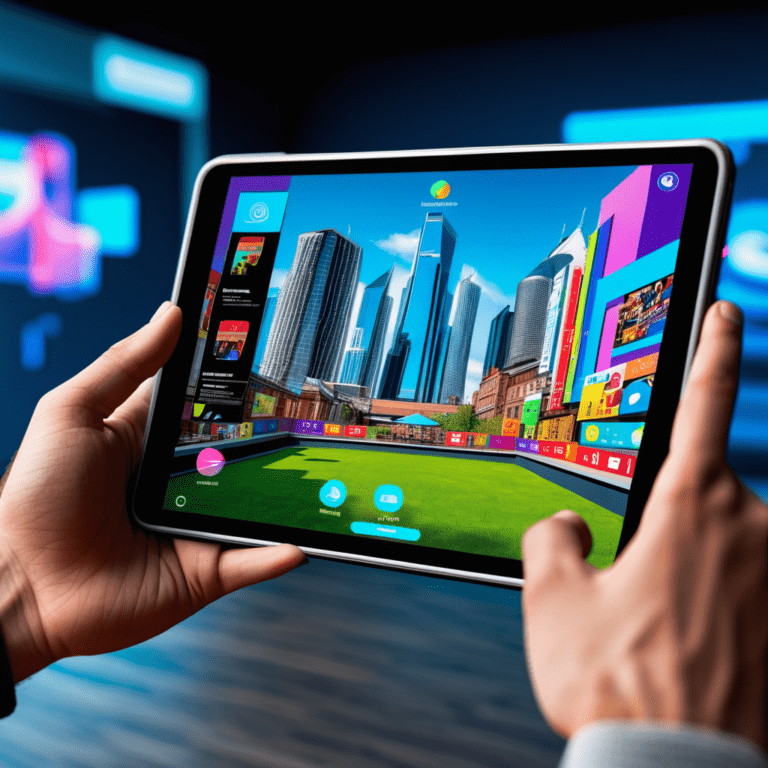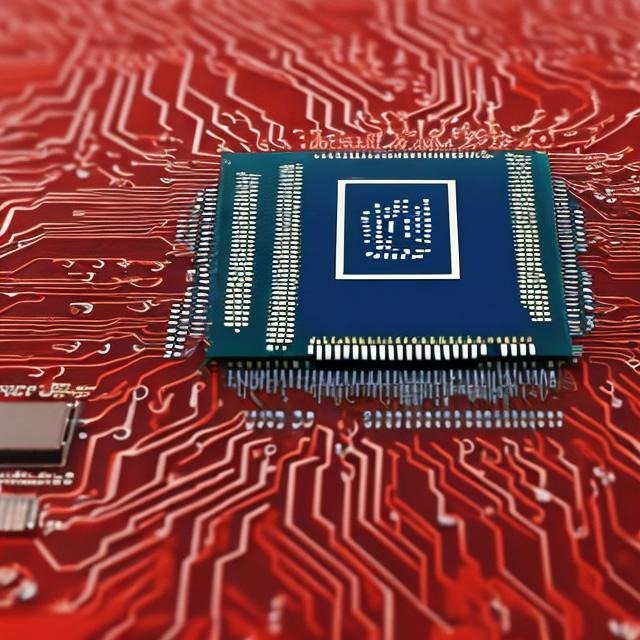How Augmented Reality is Revolutionizing Healthcare
Introduction
Augmented reality (AR) is a technology that overlays digital information onto the real world, enhancing our perception and interaction with the environment. While AR is commonly associated with gaming and entertainment, its potential in healthcare is immense. In this blog post, we will explore how augmented reality is revolutionizing the healthcare industry and transforming patient care.
AR can help to improve patient outcomes, reduce costs, and make healthcare more accessible and efficient. It can also be used to train and educate healthcare professionals.

Main Benefits of AR in Healthcare
1. Enhanced Surgical Visualization
One of the key applications of augmented reality in healthcare is in surgical visualization. Surgeons can use AR headsets or smart glasses to overlay 3D models of a patient’s anatomy onto their field of view during surgery. This provides real-time guidance and visualization of critical structures, improving surgical precision and reducing the risk of complications.
- AR can be used to guide surgeons during surgery, providing them with real-time visualization of the patient’s anatomy and location of vital structures. This can help to improve the accuracy and safety of surgeries.
2. Training and Education
AR is also transforming medical training and education. By using AR simulations, medical students and professionals can practice complex procedures in a virtual environment. This allows for realistic hands-on experience without the need for expensive equipment or live patients. AR also enables remote training and collaboration, connecting experts with learners from different parts of the world.
- AR can be used to help diagnose diseases and conditions. For example, AR can be used to visualize tumors and other abnormalities, or to assess the severity of injuries
- AR can be used to train healthcare professionals. For example, AR can be used to simulate surgical procedures or to demonstrate complex medical concepts.
3. Rehabilitation and Physical Therapy
AR is proving to be a valuable tool in rehabilitation and physical therapy. Patients recovering from injuries or surgeries can use AR applications to engage in interactive exercises and games that promote movement and improve motor skills. By providing real-time feedback and visual cues, AR enhances the rehabilitation process and motivates patients to actively participate in their recovery.
- AR can be used to help patients with rehabilitation. For example, AR can be used to guide patients through exercises, or to provide them with feedback on their progress.
4. Mental Health and Well-being
AR is not limited to physical health; it also has the potential to improve mental health and well-being. AR-based therapy applications can help individuals manage stress, anxiety, and phobias by creating virtual environments that simulate real-life situations. This exposure therapy allows patients to gradually confront their fears in a controlled and supportive environment. Moreover, AR-based therapy is proving effective in mental health treatment, offering immersive environments for therapy sessions and stress relief activities.
Summary
Augmented reality is revolutionizing healthcare by enhancing surgical visualization, transforming medical training, improving rehabilitation and physical therapy, and promoting mental health and well-being. The integration of AR technology in healthcare has the potential to improve patient outcomes, reduce healthcare costs, and increase access to quality care. As the technology continues to advance, we can expect to see even more innovative applications of augmented reality in the healthcare industry.
If you enjoyed this article, please browse our Augmented Reality Category for more interesting reads related to this topic.







